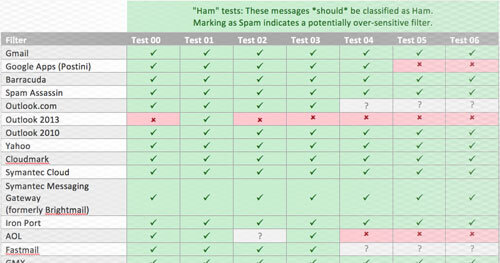Email Filters: A Reliable Phishing Protection?

It’s no secret that spear phishing is a prevalent threat and is making an appearance in many CISOs' nightmares. The Verizon’s 2016 breach digest is out and—for anyone who hasn’t looked through it yet—the answer is 30%. That’s the percentage of breaches from 2013 to 2016 that leveraged social engineering tactics to stage a compromise. Of those attacks, phishing accounts for 72% of them. That means that nearly 22% of breaches in the last 3 years have leveraged phishing in some way or another. It's hard enough to secure external and internal assets… but having to secure your employees too? It’s a scary thought. Definitely something to keep one up at night. Current solutions include improving user awareness through training exercises, minimizing and controlling damage through defined incident response programs, and stopping phishing emails before they ever make it to employees' inboxes through email/spam filtering solutions. We're here to talk about the last one. Using a collection of benign and phishy emails alongside a spam filter testing service called Email on Acid, we've taken a stab at comparing 22 different spam filtering solutions. These tests measure each spam filter's ability to stop spear-phishing emails in their tracks. To anyone afraid of long articles, the “tl;dr” reads something like this: Spam filters are okay. They’re not perfect and not terribly intelligent, but they can be effective at times and represent one layer of defense that should be in-place to protect an organization from phishing or spear-phishing attacks.